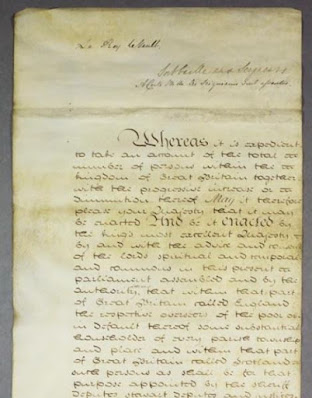They came from far and wide to Australia
Continuing the Getting start series of post, here is Immigration part 1.
Immigration records can be some of the most rewarding records there are, just full of interesting information about the family. In this post I will only be looking at immigration to Australian convicts, late we will look at the other waves of immigration and also give some links at the end for immigration to the USA.
Who came to Australia and when?
1788 to 1868 - The first fleet & subsequent convicts
mostly from England and Ireland.
1793 and 1850 free settlers and assisted immigrants.
The majority were English agricultural workers or
domestic servants, with lesser numbers of Irish
and Scottish migrants.
1850's - Chinese & South Sea Islander workers and Afghan cameleers,
as well as Europeans who came lured by the gold fields. This is where
many Great Great ( and GGG) Grandparents are found.
1901 and 1958 - This was the period of the white Australia
policy, aimed at stopping Chinese and South Sea Islanders
from coming to Australia. Most immigration was European.
1945 - 1965 - Post war immigration, over 170,000 displaced
persons from Europe. Assisted immigration begins in volume to
populate Australia. Many Grandparents are found here.
1970's - "Boat people" from East Timor and then from Indochina.
1990 - now - asylum seekers fleeing conflict in the Middle East and Sri Lanka.
Tip : Estimating when a person came to Australia will help with where to look for information.
CONVICTS
How do you know if you might have a convict in the family? (taken from the NSW State Archives)
- A marriage certificate of the ancestor may state 'married with the permission of the Governor'. This indicates that one or both people were convicts.
- A death certificate may state 'prisoner of the Crown'.
- The person may be listed as a convict in population records such as musters and census records.
- You may stumble across some correspondence or online database that refers to your person as a convict.
- There may be a suspicion in the family that the person was a convict
You will find that most records are held at the STATE level, not at the national archives, so check the dates below for possible clues:
Convict arrival dates in Australia
New South Wales (including Qld)
|
1788-1842
|
Moreton Bay (Queensland)
|
1849-1850
|
Tasmania (Van Diemen’s Land)
|
1812-1853
|
Victoria
|
1803-1849
|
Western Australia
|
1850-1868
|
The largest number of convicts were sent to NSW. Once you have established a possible link, FIRST read the NSW Archives information, it is the best place to start. On this page you will find all the links to the different types of convict records online, documents like tickets of leave or marriage applications. You will need to search each one to see if one of your ancestors comes up. Alternatively, you can go straight to the Indexes to convict records and search them all at once.
If you do not find anything in NSW, try Tasmania at the Tasmanian Gvt. site. They hold several convict records, as many convicts were transported there.
If you have no luck with NSW and Tasmania, then you will need to check the other state archives, here are the links:
If you find only Indexes, you may need to visit the archive to look at the actual documents. A trip the NSW library in Sydney may be worthwhile. But what a thrill if you find your ancestor!
Other resources:
British transportation - British Convict Transportation Register - the index is online compiled from the British Home Office records which are available on microfilm at all Australian State Libraries.
Convict court records (the old baily etc.) - start with this guide, at the UK Archives site.
Once you start down the convict line, you will find it will take a lot of your time, its an interesting part of our history. Start with the NSW archives information page, and you should save a little bit of time.



Comments
Post a Comment
Thank you for your comment on my Blog. I love to get feedback and information to share from my readers.
To keep up to date simply follow me on facebook or subscribe using the button at the top of the blog page.
Barb